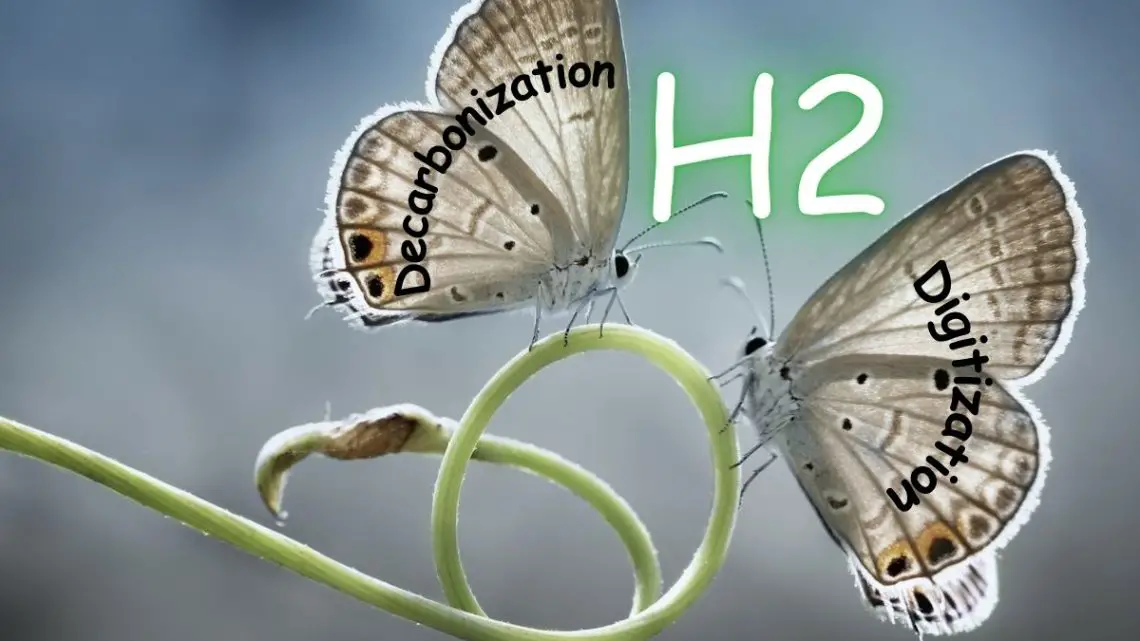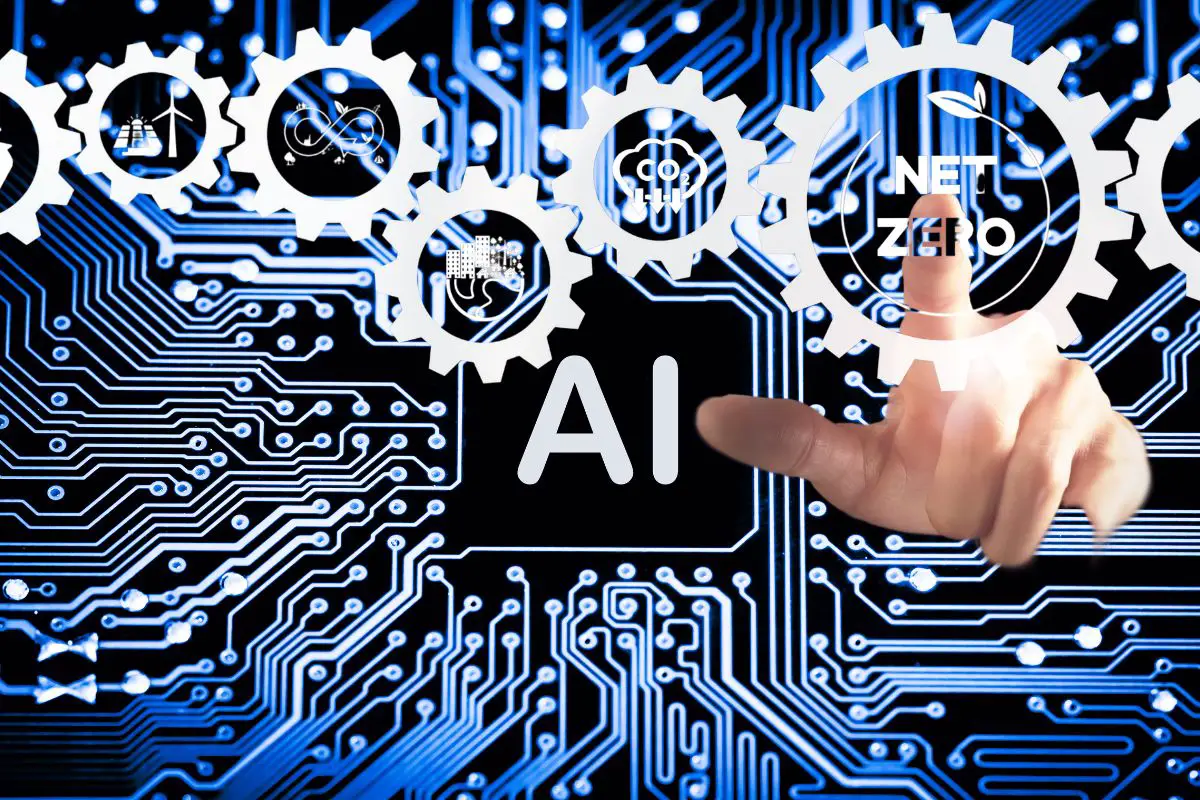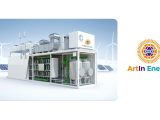
Decarbonisation and Digitisation: The necessary twin transition
August 14, 2024Ahead of the world’s largest hydrogen event in Copenhagen in September, Nadim Chaudhry, Founder, World Hydrogen Leaders, looks at why digital technology will be a major accelerator for faster, better scale-up and optimisation of the hydrogen value chain.
For hydrogen fuel to reach its full potential, the energy system around the production, storage, transportation and distribution of the molecule needs to be digitised. The use of emerging technologies, such as Artificial Intelligence (AI) and Machine Learning (ML), as well as the most advanced sensors and automation, will be vital to managing the generation and storage and consumption of energy. Often referred to as the ‘Twin Transition’, it is crucial that the transition to a low-carbon economy is supported concurrently by a digital one.
Innovation and integration
The production of clean or low carbon hydrogen depends on innovative energy technologies. But as every production engineer will be aware, with every new innovation integrated into an energy system, uncertainty can also easily be introduced. However, digitalisation from the very outset of a project (including concept and design) right through to operations implementation can dramatically influence the intelligence of an asset, making it “data-capable”.
Conventional ways of developing energy assets have typically involved siloed ways of working, with individually engineered facilities developed by one engineering company, project execution by another and operations managed by a third, making the whole project process less efficient and slowing scaleability. Additionally, digital platforms enable better collaboration and the exchange of data and information between the various players along the entire value chain – from production, storage and transport to the employment of hydrogen by the end user. Such improved transparency can lead to more efficient use of resources, as well as allowing for easier adaptation to changing market conditions.
Carefully considered and implemented digital technologies can significantly improve the efficiency and performance of the hydrogen economy – particularly that of clean or low carbon hydrogen.
AI and big data
One key technology is AI, which enables highly advanced data analytics to be introduced into the production process. Pared with “big data” (i.e. the collection of vast, complex and ever growing volumes of data which can’t be managed by traditional data processing systems), AI delivers sophisticated analysis which can more accurately forecast variable hydrogen demand and supply.

It will also have a major role in helping to reduce energy consumption and extending the service life of systems. According to IRENA, electricity accounts for 70% of total hydrogen production costs, meaning producers’ operations need to become highly data-driven to take advantage of low cost electricity market prices.
IoT and digital twins
The Internet of Things (IoT) offer companies the opportunity to collect, analyse and use data in real time in order to make informed decisions and optimise processes. By incorporating and networking sensors, systems and other components, companies can efficiently control and monitor the operation of their hydrogen infrastructure. This not only enables better plant utilisation, but also the early detection of malfunctions or bottlenecks, resulting in less downtime and operating costs.
Another factor playing a critical role in the development of the hydrogen economy is the use of electrolysers to produce hydrogen from renewable energy sources. While electrolysers can help to decarbonise hard-to-abate sectors, such as steel, chemicals and aviation, clean hydrogen production is an electro-intensive process requiring energy system designs with considerable power capability and complex process simulation modelling.
Traditional process modelling used in the development of designs typically required multiple software programmes. But advanced “digital twin” design solutions incorporate digital simulation with 3D engineering and construction tools, reducing engineering time, integrating both power and process simulation and enabling a reliable end-to-end assessment of the plant’s design. With testing available through simulation it can also alert designers to any errors and subsequent re-work that may need to be done.
Digitising a project from the outset – sometimes referred to as the “born digital” approach – and enabling a digital twin as far back as the feasibility study can make new assets automation-ready and enabling reduced labour and training for operation, as well as providing data streams for evaluating and eliminating design uncertainties.
Conclusion
 Information technology in the energy sector is playing a vital role in unlocking the potential for digitalisation in the hydrogen sector. Digital platforms offer seamless, holistic solutions for integrating, controlling and monitoring the entire value chain, from production, storage and transport through to end use. As AI, big data and digital twinning become increasingly sophisticated, they open up a wide range of interesting opportunities to increase the efficiency and performance of the hydrogen economy and a low carbon future. But to fully realise the potential of digitisation, there needs to be greater collaboration among players and the breaking down of data silos.
Information technology in the energy sector is playing a vital role in unlocking the potential for digitalisation in the hydrogen sector. Digital platforms offer seamless, holistic solutions for integrating, controlling and monitoring the entire value chain, from production, storage and transport through to end use. As AI, big data and digital twinning become increasingly sophisticated, they open up a wide range of interesting opportunities to increase the efficiency and performance of the hydrogen economy and a low carbon future. But to fully realise the potential of digitisation, there needs to be greater collaboration among players and the breaking down of data silos.
World Hydrogen Leaders will be hosting the world’s largest hydrogen event in Copenhagen, Denmark from September 30th to October 4th, 2024. For more information and to register please visit World Hydrogen Week.



 With over 15 years of reporting hydrogen news, we are your premier source for the latest updates and insights in hydrogen and renewable energy.
With over 15 years of reporting hydrogen news, we are your premier source for the latest updates and insights in hydrogen and renewable energy.